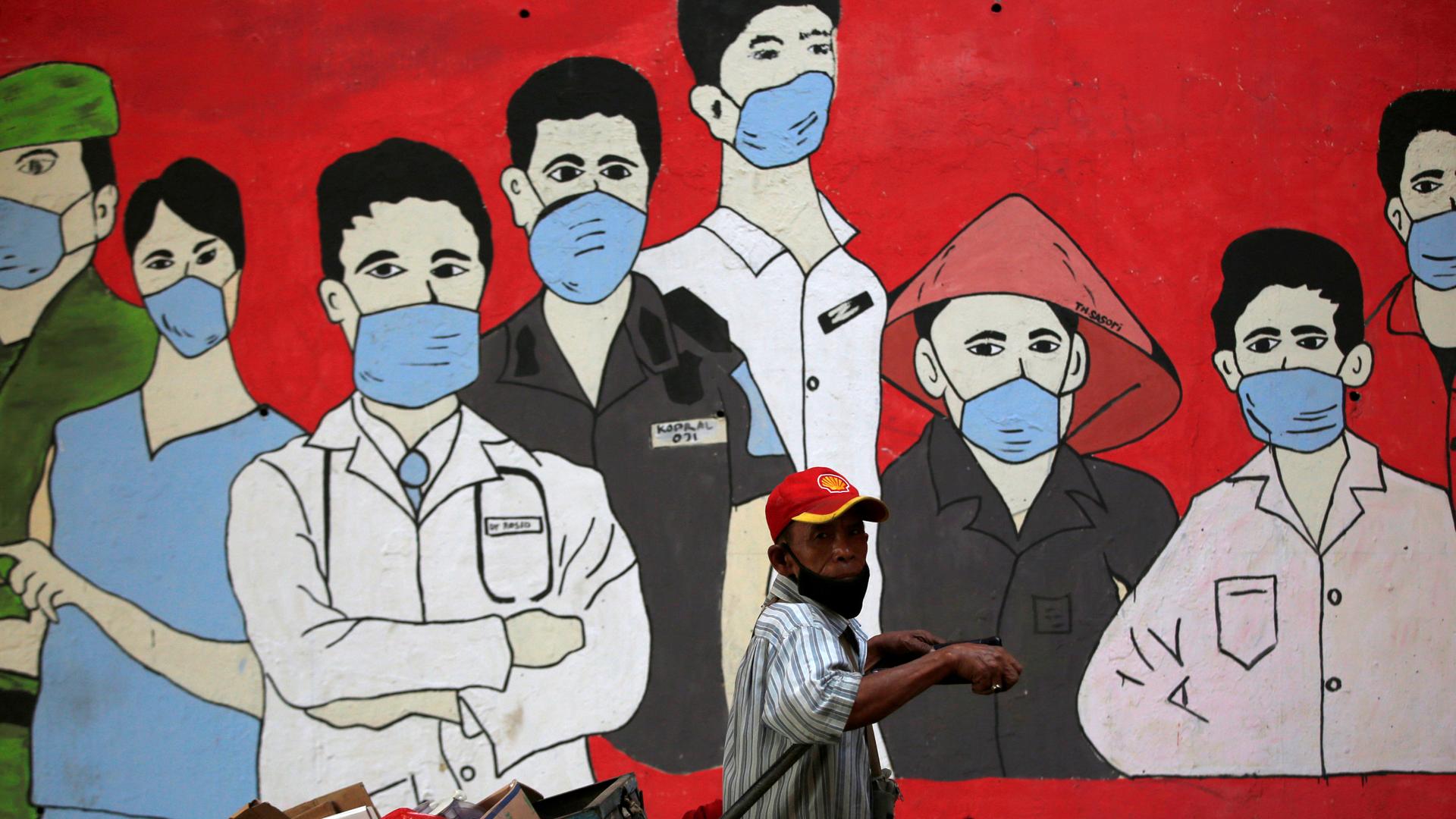The effort to tackle rabies has lessons for what it might take to control Covid-19
Imagine, for a moment, the global sense of relief at the long-awaited arrival of an effective Covid-19 vaccine, proven to stop the spread of lethal disease that passes from animals to people.
After so many lives lost and devastated, an affordable and accessible inoculation would finally offer protection and prevent suffering worldwide.
It doesn’t exist yet for Covid-19, and may not be universally available for some time, but even when it is, such a vaccine represents only the first step towards stamping out disease.
Take rabies, for example, which is one of the oldest zoonotic diseases in the world. A vaccine for dogs has existed for decades that prevents the spread of rabies to people, and together with other measures, this has saved an estimated three million lives a year.
Nevertheless, the disease continues to kill around 60,000 people a year because eliminating a disease is an incredibly complex challenge that only begins with the development of effective tools and technologies for prevention.
As the world moves closer towards a vaccine against Covid-19, the international community must both learn lessons from rabies elimination efforts and safeguard its hard-won progress to save lives.
Rabies control offers insights into some of the challenges facing the management of Covid-19 even with a vaccine, but at the same time, health authorities must also ensure that advances in tackling this disease do not regress.
The animal health sector has provided many of the tools needed to dramatically reduce the number of human deaths from zoonotic infections.
But to complete the last mile and reach those last outposts where rabies lingers – especially in the wake of the current pandemic – the human and animal health sectors must also unite behind these tools in the broader interests of public health.
Crucial to this is a renewed commitment to and investment in mass vaccination for dogs. Immunising at least 70 percent of the canine population offers the best hope of reducing the reservoir of potential rabies carriers to sufficiently break the chain of transmission.
Delivery of mass vaccination is one of the challenges of disease control and is especially difficult when it comes to rabies because it requires reaching wild and free-roaming animals.
Veterinary innovations, including oral vaccines, left as food bait for wild populations, and vaccination drives targeting stray dogs, are essential in completing that last mile of disease elimination.
Another key challenge in disease control is raising awareness and understanding of health threats and mitigation measures among the public.
Of the 60,000 rabies victims each year, the majority tend to be children under the age of 15 across Africa and Asia, because children tend to interact more closely with pets and stray dogs.
Educational campaigns, such as those led by the Global Alliance for Rabies Control, which target schoolchildren, can help sensitise a vulnerable population to the links between human and animal health, how to avoid the risk of rabies and the importance of vaccination.
Finally, the poorest and most remote communities are the hardest to reach with health interventions. It is in these areas that diseases like rabies persist and where delivering an eventual Covid-19 vaccine may be a challenge.
Finding ways to overcome social and economic barriers to preventative health measures is vital in completing the elimination of disease.
This could mean developing ways to subsidise vaccination costs, either through public funding or through initiatives that allow pet owners in developed countries to donate the cost of a vaccine to rabies control programs.
In so many ways, the health of humans and animals are inextricably linked. The scientific community knows that we can protect people from rabies and other zoonotic diseases by first protecting animals and many of the necessary tools to do so already exist.
The hope is that the current pandemic has also given governments, policymakers and health agencies a fresh appreciation and impetus for acting on these links to protect and improve public health.
Author: Carel du Marchie Sarvaas
Carel du Marchie Sarvaas is the executive director for the global animal medicines association, HealthforAnimals, which represents the nine largest animal medicines companies.
Source










Discussion about this post